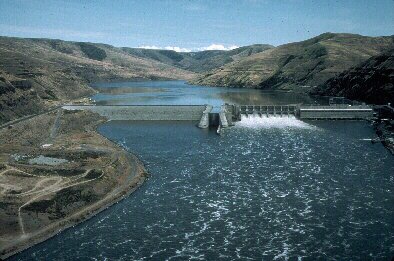Setting the Record Straight on the Impact of Dam Removal
- March 31, 2011
- Carol Winkel

In his March 20 commentary in The Oregonian, Steven Hawley gets his facts wrong about the Northwest Power and Conservation Council's Sixth Northwest Power Plan.
Hawley wrote that the output of "a few dams on the Snake River" could be replaced "without replacing the lost power with new generating plants." This he attributes to "the agency responsible for recommending power plans and fish-recovery measures to the BPA." That agency is the Northwest Power and Conservation Council, and it has never made such an assertion.
By law, the council develops a power plan that is implemented by the Bonneville Power Administration. The council revises the plan every five years, each time looking 20 years into the future. Our conclusion in the Sixth Northwest Power Plan (February 2010) is that 85 percent of the new demand for electricity over the next 20 years could be met with investments in improving energy-use efficiency. But this assumes that the four federal dams on the lower Snake River remain in place, continuing to provide clean, low-cost hydropower to the Northwest.
To replace the lost output of the four dams, our analysis indicates that regional output of existing power plants fired by natural gas and coal would have to increase, and that new natural gas-fired generation would be needed along with more energy efficiency. Carbon emissions would increase by 3 million tons per year, a 7.6 percent increase compared to current hydropower operations.
Finally, dam removal also would increase the cost of the power system, according to our analysis. Because the dams primarily serve BPA customers, they would bear the majority of the increased cost -- potentially a 24 to 29 percent increase in the rate BPA currently charges its utility customers.
The council's analysis of Snake River dam removal is in Chapter 10 of the Sixth Northwest Power Plan.



